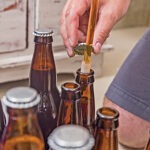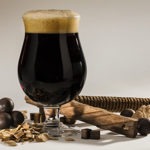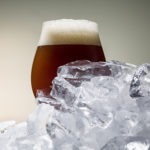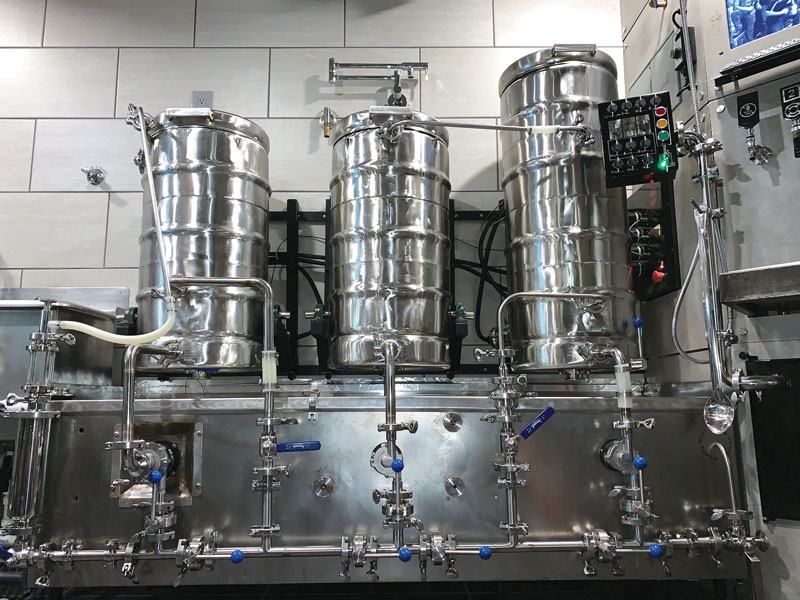Articles
Get the Most from Kveik Yeast
Kveik yeast is unlike any other species of brewing yeast. It ferments clean at hot temperatures even if underpitched, and it can easily be dried at home with no noticeable impact. An author with about 50 kveik-
fermented batches under his belt shares how to get the most from these yeasts, including advice on propagating, harvesting, drying, and reusing kveik.
BYO’s Vermont Brewery, Bike & Hike Tour
Brew Your Own Publisher Brad Ring led a group of readers on a tour of some of our favorite spots to play and drink in our home state of Vermont last fall. We share a recap of the trip with images from some of the best stops.
Scavenging Oxygen, a Propane Heating System, and Water Chemistry
It’s long been proven that bottle-conditioned beer lasts longer than those bottled already carbonated. The Wiz dives into the reasoning behind this and it may surprise some people. He also shares ideas for a propane heater and takes a dive into the daunting world of mash pH chemistry calculations.
Frost Beer Works
Frost Beer Works in Hinesburg, Vermont, is best known for its hazy IPAs, but it was a fall seasonal that won the hearts of a couple who toured breweries across the Northeast on their “beermoon” a few years ago.
Old Ale
Old ale is a style that is difficult to define given how many variations there are. Gordon Strong does his best to offer some guidelines around what it is and how to brew an old ale worthy of aging.
Deviant Wolfe Brewing Co.
Deviant Wolfe Brewing Co. in Sanford, Florida, brews for their hot climate — meaning lots of crisp lagers and refreshing fruited kettle sours. They also utilize kveik yeast in a hazy IPA that caught the attention of a reader. Lucky for us, they were happy to share the recipe.
Eis, Eis, Baby
Due to legal and practical constraints, eisbock is one of the few beer styles that is more geared for homebrewers than pros. The secret is freeze concentration, transforming the beer from one style into another.
Dip Hopping Techniques
Dip hopping maximizes good aromas while suppressing off-aromas. Learn how to do this technique at a homebrew scale to get the most from your hops.












